|
In this latest post chronicling the writing of This Sacred Isle, I'll be looking at how I researched the novel. Whatever type of novel you write, some level of research will be required. For This Sacred Isle I carried out the following types of research:
I find that a range of methods provides more depth to my research. Books and articles are crucial at checking facts and understanding the wider historical context. However, I contend that although essential, this is not enough in itself. Much of This Sacred Isle takes place in locations that are real or inspired by real places. I made every effort to visit these locations (although clearly they are much changed from the 6th century!). For example, I visited Burgh Castle, the setting of the final battle in the book. Of course, I could have discovered the key facts about Burgh Castle by reading books or articles on the internet. But the experience of actually being there gave me so much more: mood, atmosphere and a real sense of place. As I stood within the ruined fort, ideas for the story sparked in my mind; I put myself in my character’s mind, trying to understand what their feelings would be faced by such a place. Similarly I visited West Stow Anglo-Saxon village – this is a wonderful ‘living’ museum and an absolute treasure trove for anyone interested in this period. And as well as the fascinating artefacts and buildings, simply walking through and around the recreated village gave me so much. I remember sitting in the one of the halls, with a smoking hearth-fire blazing away and feeling that I was transported to that world. Such experiences go into my ‘sense memory’, which I draw upon as I write the book. Clearly, it is not always possible to visit specific locations (if you’re writing a book about the Moon, for example, you might find that challenging) but if you can, I promise you’ll be richly rewarded. In a similar vein, I take every opportunity I can to visit museums and galleries. I am fortunate to live within reasonably easy distance of London, which enables me to access to some of the world’s greatest collection of art and historical objects, but as you’ll see from the list below, I have also visited museums and galleries in smaller towns and cities too: West Stow Anglo Saxon Village (near Bury St Edmunds, Suffolk) Sutton Hoo (near Woodbridge, Suffolk) Ipswich Museum Norwich Castle Museum Fitzwilliam Museum (Cambridge) Cambridge Museum of Archaeology and Anthropology British Museum (London) Victoria and Albert Museum (London) National Gallery (London) Tate Britain (London) Courtauld Gallery (London) When I am researching, I find there is nothing like seeing (and when allowed, handling!) real objects from the period – it gives wonderful insights into a culture and I find it also guides me to certain aspects of a character. Remember, you are not just collecting facts; research is just as much about capturing the mood of a time – 6th century Anglo-Saxon England in my case. I worked on the basis that the readers of This Sacred Isle wanted a plausible, rich depiction of that time period – but not long descriptions of every artefact I have witnessed. The research should seep into your fiction and in particular into your characters. One example during the writing of This Sacred Isle is when I saw in the British Museum a 6th century monastic hand-bell. One of the characters in the novel, Conn, is a novice monk, and seeing this object shaped how I saw his character. I thought about what the life of a monk at that time would be like, to have every hour of your life marked and controlled by the sound of bells. I compared it to elements of my own life – for example, how do I feel when my alarm sounds and I have to go to work (hint= not wonderful!). This allows me to make a human connection with a character and see the world through his eyes, to feel a sense of being restricted, trapped even, and to yearn for a freer life. When visiting art galleries, the experience of research is sometimes more abstract (in the case of This Sacred Isle there are no paintings from 6th century East Anglia!) but no less inspirational. The themes in paintings are often universal and express fears and yearnings that are relevant for any period of human history. Often, a painting will inspire ideas about the tone and use of colour in my writing. Sometimes they will specifically influence the way I describe a character. An example of this in This Sacred Isle is for the grotesque Thyrs Morcar and his companions encounter in the Great Fen. I really wanted to move away from the conventional monster or ghoul, and it was one painting in particular that for me locked the appearance of these grotesque pictures – Francis Bacon’s Three Studies for Figures at the Base of a Crucifixion. As I looked at this painting in the Tate Britain I was not only struck by its sheer power, but realised that the ghastly figures conveyed the sense of horror, the attitude, I wanted to capture when describing the Thyrs. A visit to an art gallery, any art gallery, will inspire you and fire you with enthusiasm simply to create. I have notepads for my research, although for visiting places, I have used a handy, pocket-sized notebook (see below – yes, it came from the wonderful Bletchley Park), which is ideal for scribbling down notes and ideas in crowded museums and galleries! This notebook has been my friend and companion on many a trip! I do the majority of my research before I begin the first draft but that does not mean that research ceases at that point. I continue to research right until the final proofread of the last draft, whether simply fact-checking or looking to express an idea in a different format. When writing you must remain curious and hungry for knowledge. You can never predict how a book will turn out – it might be well-received, it might be instantly forgotten. But during the writing journey, you should at the very least learn a lot about a lot of subjects, and emerge, hopefully, a little wiser!
I genuinely love research but it is not the same as writing, and that’s the part I will come to in the next blog post… Which research methods work best for you? Please leave a comment below and join the conversation.
0 Comments
Leave a Reply. |
Archives
October 2023
Categories
All
|
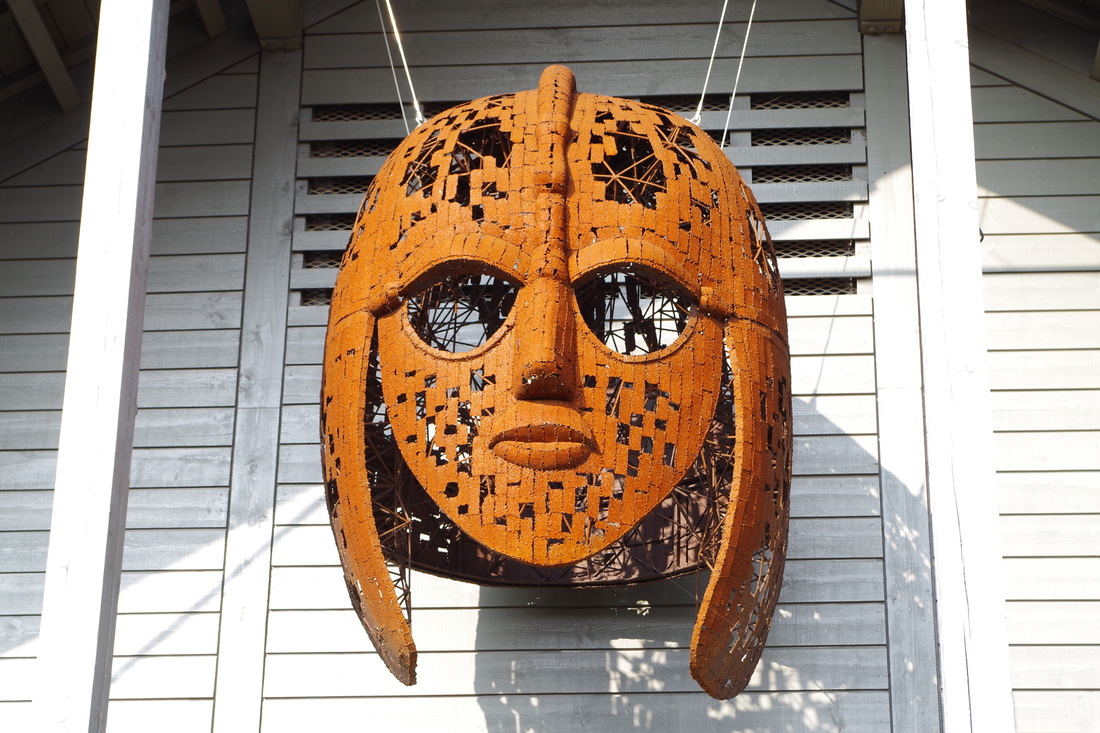
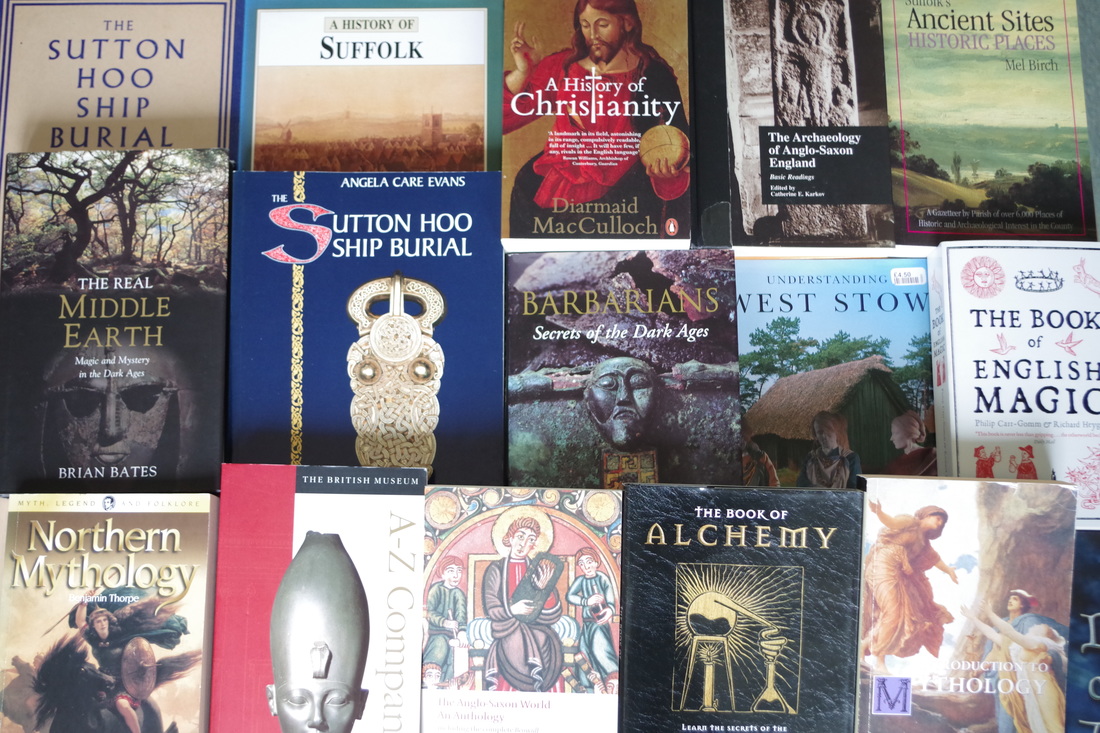
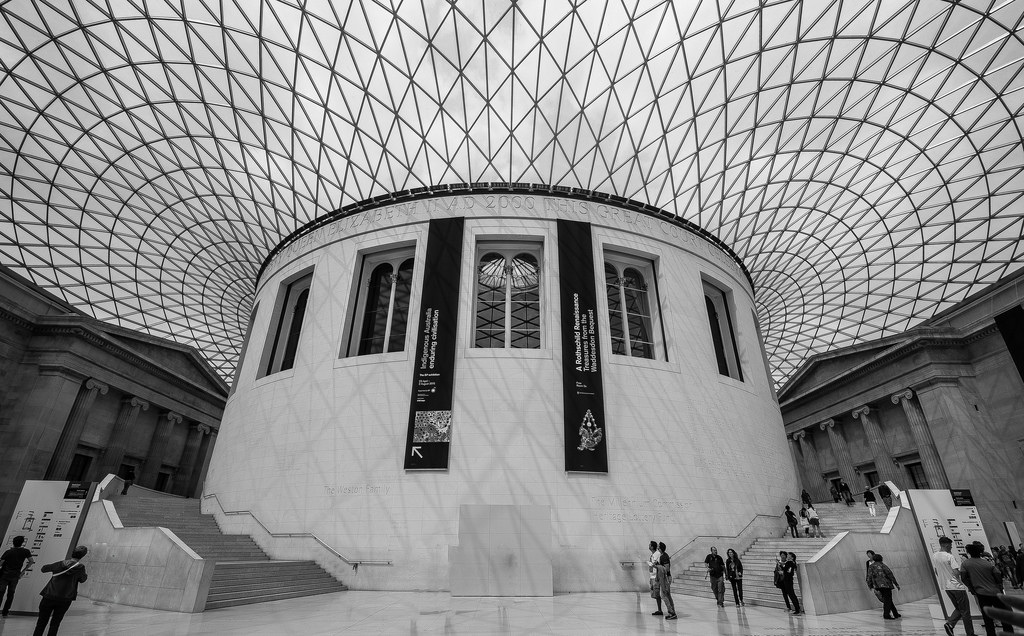
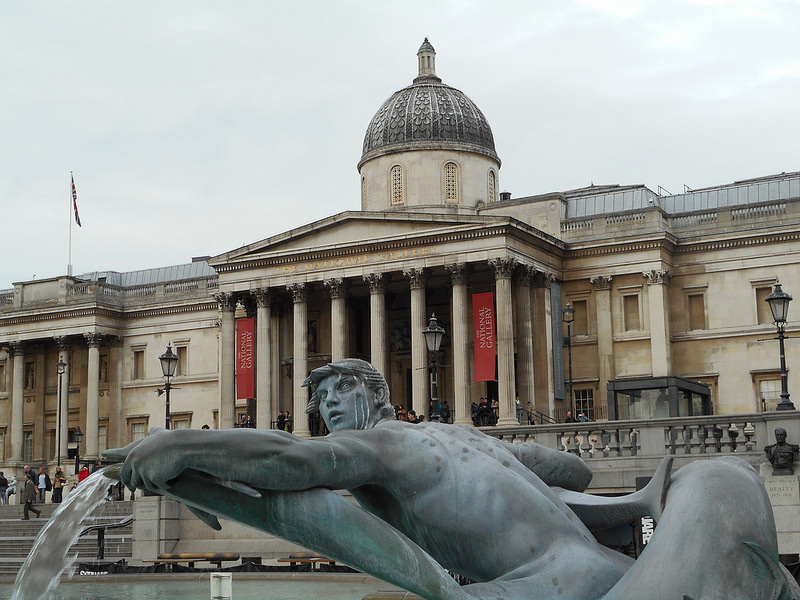
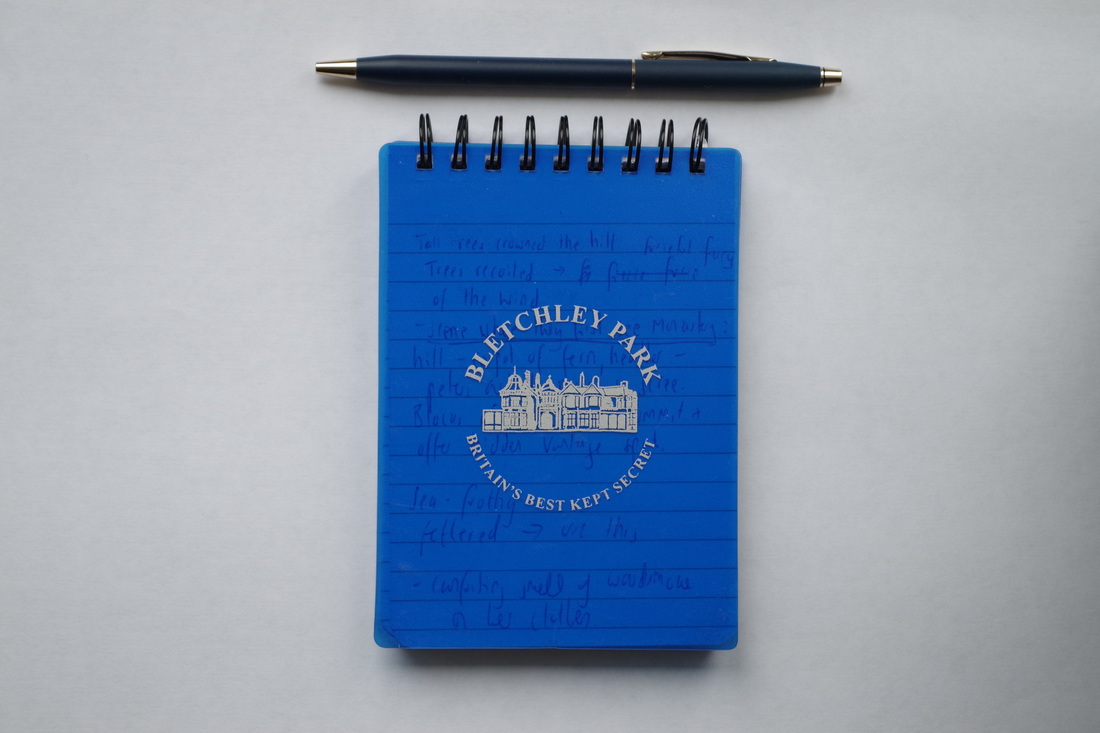
 RSS Feed
RSS Feed